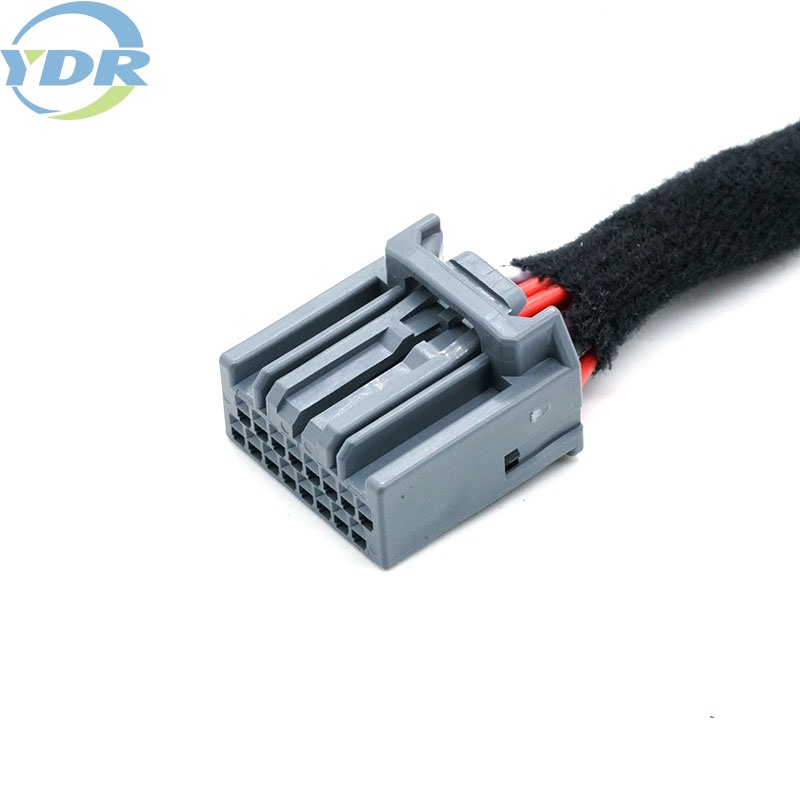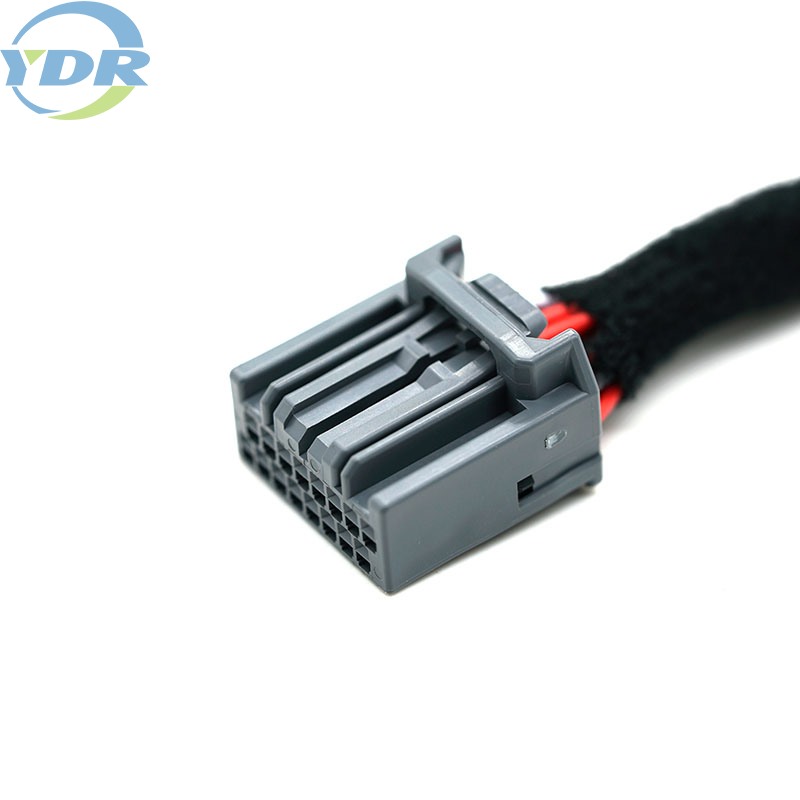"Cable assembly" and "harness assembly" are terms used in the context of electrical and electronic systems, and while they share similarities, they refer to slightly different concepts:

Cable Assembly:
A cable assembly typically consists of a set of cables or wires bound together by various means, such as insulation, connectors, and protective sleeves.
It is a group of cables or wires that are combined and often terminated with connectors at one or both ends.
Cable assemblies can be relatively simple, with just a few wires and connectors, or complex, involving multiple cables and connectors in a structured configuration.
Cable assemblies are commonly used to transmit electrical signals or power from one point to another.
Harness Assembly:
A harness assembly is a more comprehensive term that encompasses not only cables but also additional components such as connectors, terminals, protective sleeves, and sometimes other devices like switches or sensors.
It involves the arrangement and bundling of multiple cables or wires into a single, organized system. This system is often designed for a specific purpose within a larger electrical or electronic system.
Harness assemblies are frequently used in applications where there are multiple connections or a complex network of wiring is required.
The term "harness" implies a more intricate arrangement and organization of components compared to a simple cable assembly.
In summary, a cable assembly is a grouping of cables or wires with connectors, while a harness assembly is a more inclusive term that refers to a system that may include cables as well as additional components, all organized and bundled together. The distinction is somewhat fluid, and the terms may be used interchangeably in certain contexts. The key lies in the complexity and the inclusion of additional elements in a harness assembly beyond just cables and connectors.


